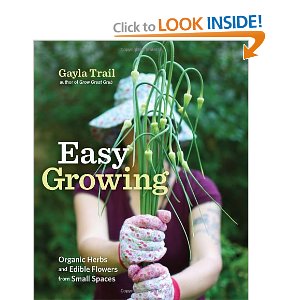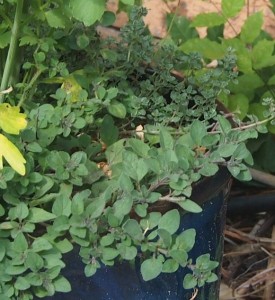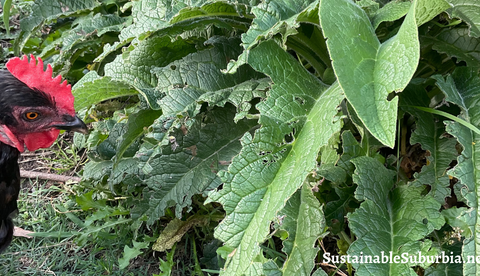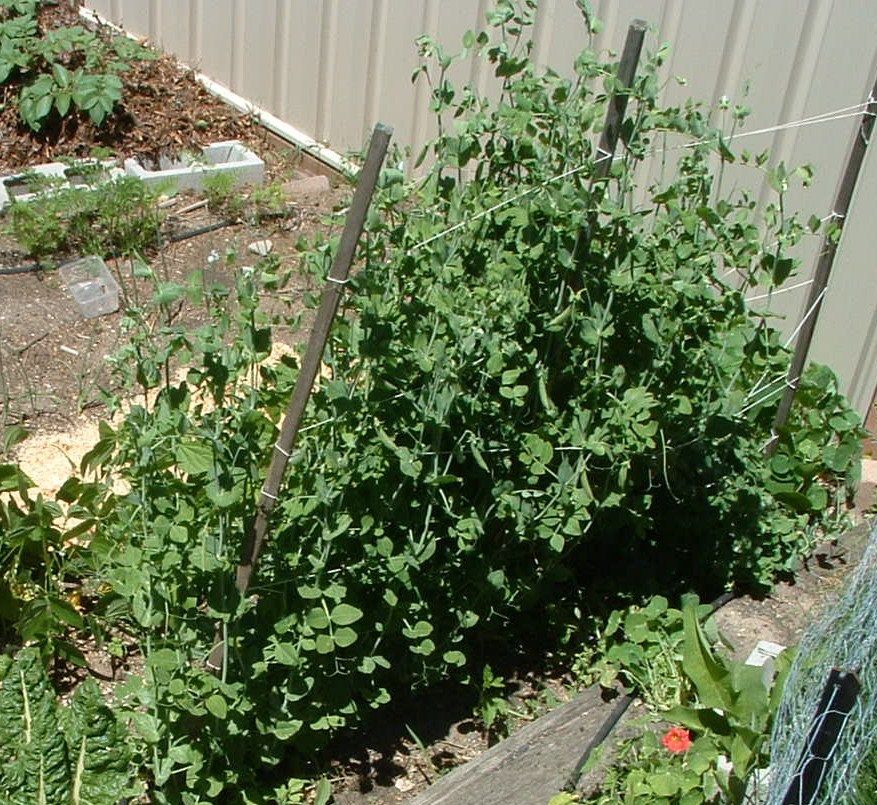Last updated on February 14th, 2023 at 06:36 pm
Though you may assume that, like the water loving herbs in my last article, all your herbs will benefit from being planted in organic, loamy soil in a sunny area, then fed and watered well, actually some herbs positively thrive in barren conditions.
Native Mediterranean herbs like marjoram, thyme, oregano and rosemary grow best in dry, alkaline soil. Often originating from a hot, rocky terrain they are not used to much soil enrichment from rotting vegetation, and neither do they like lots of moisture, as in hot Mediterranean summers it often doesn’t rain a lot – hence their aversion to frequent watering and fertilization.
Planting a Pizza Garden
Because they favour similar growing conditions, Mediterranean varieties are good herbs to plant together in a large pot. Always follow the basic rule, that around six herbs planted together will need a container of about 30 cm (12″) in diameter – later as they grow, they can be separated.

As a fun activity to do with kids, plant them together to make a ‘Pizza Garden’! Make a container garden created from plants which are good on pizzas, or used more generally in Mediterranean cuisine.
If you want to include a tomato plant, basil and garlic it would be a good idea to place these nearby in a separate container, as they favour more watering and feeding, and benefit from some shade. Although used in Mediterranean cooking, basil is originally from India, and requires more moisture than native Mediterranean herbs.
(See ‘How to Grow Basil‘)
How to Grow Rosemary
Either source a small plant from a nursery or propagate your rosemary from a small cutting, as it can be difficult to germinate rosemary seeds. If you take about 5cm (2″ ) of soft new growth from an established plant, then strip the lower half of leaves, you can put the cutting in rooting compost (sourced from any garden centre) and wait until it grows roots. Sometimes you can successfully root a cutting in clear water, so if you prefer you could try this first. I have found it hit and miss, but I have grown a few this way.
Then plant in a seed starting medium, which is well draining, place on a warm windowsill or in a greenhouse and keep moist. Soon you will have a small rosemary plant, which you can place in its own container, or with other herbs. Or, you know, just stick the cutting in the ground and see what happens!
A rosemary plant is perennial, and can live up to twenty years. Prune back yearly, otherwise there’s not a lot you need to do. It can withstand drought, and will tolerate lots of different soils, though it prefers them to be slightly limey – just don’t over water. A very pretty flowering plant, rosemary leaves dry well so can be used in cooking throughout the winter even in the snowiest weather. Of course, in milder regions you can just pick it fresh throughout the year. As it can grow so big, rosemary may be best grown in its own container as it could overshadow other herbs planted with it.
How to Grow Oregano and Marjoram
Oregano and Marjoram are basically the same genus of Mediterranean herb, called origanum, and wild marjoram is ‘origanum vulgare’ – or common oregano. They like sandy, well draining soil and lots of sun. It is easy to germinate their seeds on a warm windowsill, covered with a plastic bag – and they will sprout in about 10 days. Just sprinkle seeds on the surface of the soil, and keep lightly moist, but not too wet. You can grow marjoram and oregano together in one container, or sow the seeds separately if you prefer to differentiate the subtle flavours of the two herbs.

After transplanting the small plants to a container, if you want to move it outside onto the patio, make sure there’s no longer any danger of frost, and introduce it to the sun in stages to avoid scorching. This is the beauty of container planting – it’s simple to just change the position of the pot each day until it’s in full sun.
You should divide mature plants about every three years. Basically, you need to dig up the entire plant, making sure you clear all the roots. Then place two pitch forks back to back in the centre of the plant, and prise them apart to make two plants. Put one plant back in the original hole – with some compost and lots of water. Replant the other half and you have two plants.
How to Grow Thyme
There are over 300 varieties of thyme. Like rosemary it is a pretty, woody flowering plant which likes sandy soil and hot, dry conditions. It is evergreen and bees love its pink, white or lavender flowers. Thyme can be bought in trailing varieties, so is a good plant for placing round the edge of a herb container.
Thyme doesn’t like to be messed about with, and doesn’t need much feeding or watering. Prune back in the spring to avoid the plant becoming too woody.
Vertical Herb Gardens
There are many ways to create a vertical garden (see ‘Vertical Vegetable Gardening Ideas‘), and possibly the simplest possible vertical herb garden is one planted into a builder’s wooden pallet. Basically, you staple weatherproof fabric onto the back, bottom and sides of a pallet, and fill it with compost. Then plant herbs into all the horizontal spaces, packed tightly. You could plant flowering herbs along the top, once the pallet is turned upright.
If you want a mixed herb garden, why not plant water loving herbs in the bottom half, in loamy compost, and dry loving herbs in the top half and along the top ‘shelf’ of the pallet, in more sandy soil? Then when you water, water the bottom half more frequently.
Leave the pallet flat for a couple of weeks in a slightly shady area to let the plants ‘bed’ in. Make sure they’re packed in tightly so when you turn the pallet upright, the soil does not fall out. Then plant herbs along the top and place against a sunny wall – perfect! If it’s near your kitchen door, maybe on a balcony or a patio, then it’s convenient to cultivate as well as to harvest for all of your culinary treats.
Another dead easy way to plant a vertical herb garden is to take a plastic hanging shoe organizer, puncture holes in the compartments, and plant herbs in them. To make it even simpler, a canvas organizer dispenses with the need for holes, though the water will eventually rot the base of the compartments. Hang up on a sunny wall, a fence or the side of a shed. Just make sure you put herbs together which like similar conditions. Trailing herbs are good for this type of vertical garden.
Here’s an infographic on how to build your DIY vertical garden out of wooden pallets. Click to see it in a readable size!

(Source: Bridgman)
Other resources
In addition to Alanna Moore’s Backyard Poultry Naturally, my go-to reference books are Jackie French’s The Chook Book and Backyard Self Sufficieny, Linda Woodrow’s The permaculture home garden (one of my all-time favourite books) and The Canberra Gardener.



